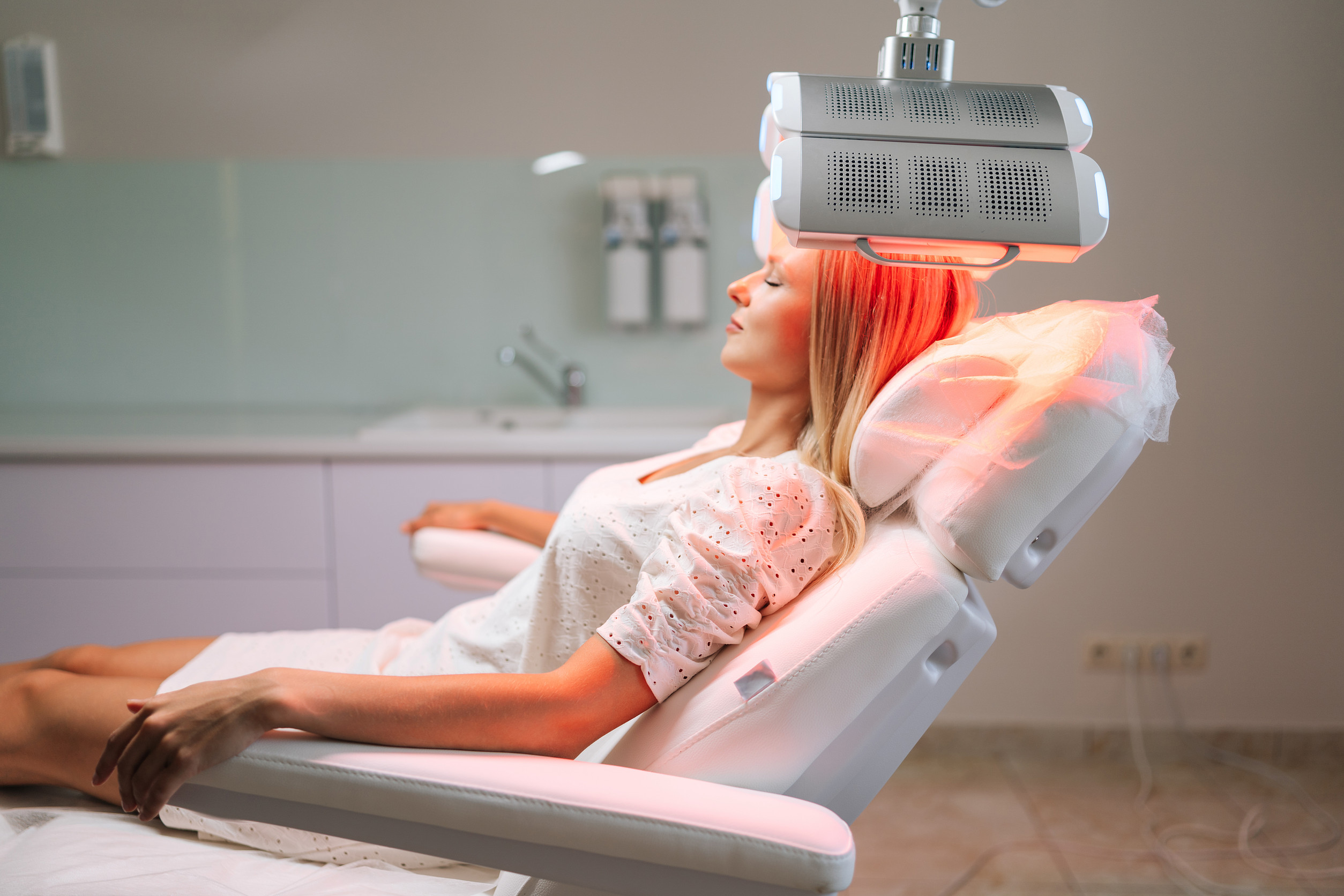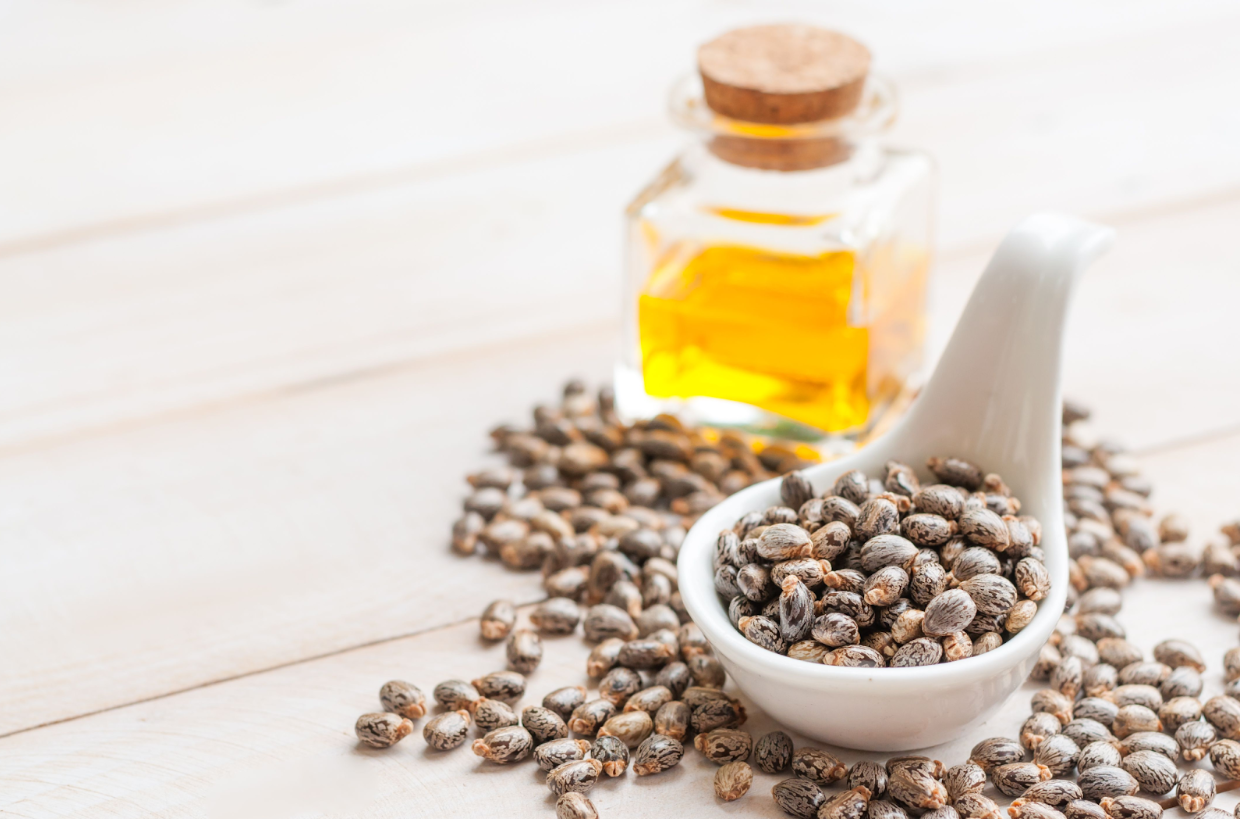Health Unchained — Column by Savanna DeHay
Spring has sprung here in North Idaho! That means it’s time to slather on the sunscreen to avoid sun damage and skin cancer. Or is it? What if avoiding the sun and donning chemical-laden sunscreen is doing more harm than good? Allow me to tell the other side of the story. You might find yourself wanting to spend more time basking in the sun, rather than avoiding it.
Vitamin D
When our skin is exposed to sunlight, our bodies produce vitamin D. Vitamin D is responsible for many functions in the body, such as:
- Bone mineralization, strength, and growth
- Teeth mineralization, strength, and growth
- Preventing muscle spasms
- Preventing heart disease
- Reducing inflammation
- Boosting immune function
- Boosting mood and reducing depression
Did you know that your body needs cholesterol in order to synthesize vitamin D? That’s right! Without enough cholesterol in your blood, your body lacks the resources to metabolize vitamin D. It’s no coincidence that the primary dietary sources of vitamin D are fatty fish, red meat, and eggs—foods rich in cholesterol.
It should be noted that sunlight and food don’t directly contain vitamin D. Instead, they provide the necessary precursors our bodies need to produce vitamin D naturally. If you’re not getting enough vitamin D through sunlight and diet, supplements can help fill the gap.
How the Sun Boosts Mental Health
Serotonin is a neurotransmitter that helps regulate mood and reduces stress. It is produced when our eyes are exposed to sunlight. When we lack sunlight, serotonin production is inhibited, which can lead to decreased mood. In people with Seasonal Affective Disorder (SAD), the reduced sunlight in the winter months inhibits serotonin production, leading to symptoms of depression. Additionally, sun exposure is instrumental in regulating our circadian rhythm, our body’s internal clock. The circadian rhythm operates on a 24-hour cycle, mirroring the 24 hours in a day. By perceiving sunlight, the circadian rhythm can begin to optimize, allowing us to become more energetic and alert during daylight hours, and calmer and sleepier when it gets dark. While there are many factors that influence circadian rhythm, sunlight is too influential to be ignored.
A disrupted circadian rhythm can lead to a range of negative consequences, including hormonal imbalances, impaired healing, energy and memory loss, and digestion issues (“Circadian Rhythm”).
A disrupted circadian rhythm negatively affects every system in the body.
Even just 20 minutes of sunlight exposure a day is enough to boost mood, reduce stress, and align circadian rhythm.
Sunlight and Your Skin
Sunburns occur from excessive exposure to ultraviolet (UV) light (either for an excessive amount of time or when UV intensity is high). Sunburns cause inflammation and damage to the skin cells by dilating blood vessels. One thing that determines how easily we sunburn is melanin.

Melanin is the natural substance in your body that gives your skin its color. Darker skin contains more melanin, which acts as a barrier against UV rays. As a result, darker skinned people can tolerate longer and more intense heat, but also require more sun exposure than those with lighter skin. This is because melanin acts as a barrier against UV rays, necessitating additional sun exposure to produce vitamin D.
It is important to note that diet plays a huge role in your body’s response to the sun. A diet rich in omega-3 fatty acids, found in fatty fish, nuts, and seeds, enhances UV light tolerance, boosts vitamin D production, and reduces sunburn risk. Many people who follow a low-carb, high-fat diet rich in unprocessed fats, experience these benefits.

Luckily sunspots do not cause bodily harm and are no cause for concern, other than their cosmetic appearance. However, people can mistake sunspots for melanoma, a type of skin cancer. Sunspots have a different appearance than melanomas; they typically have a symmetrical shape with a smooth border, have a single uniform color, and are usually smaller than ¼ inch. Additionally, there are both natural and conventional methods of treating sunspots, if that is of concern to you.
Sunlight also helps reduce inflammation in the skin, which is helpful to those with various skin conditions, such as eczema, acne, and psoriasis. As you can see, the sun is incredibly beneficial to skin health! Plus, a gentle sun kissed glow adds a warm and healthy touch to the appearance!
Are UV Rays Actually Harmful?

According to Dr. Berg, “[i]nfared rays, which make up 54% of the sun’s radiation, have been shown to enhance ATP (adenosine triphosphate, which is cellular energy) production and protect mitochondria, the powerhouses of our cells,” (Berg). In other words, UV light from the sun is a power-up for our cells, boosting athletic performance and healing. Unless you spend significantly prolonged days outside, with a great deal of skin exposed, in the sun for years on end, you are at low-risk for harmful side effects from the sun.
In fact, more people die annually from insufficient sun exposure than those who die from excess, according to the National Institute of Health (NIH). Over 1,600,000 annual deaths are due to insufficient sun exposure, while only 5,000 annual deaths “are attributed to excessive sun exposure,” (Berg). Additionally, three out of four melanomas are located in areas of the body that do not typically see sunlight (e.g., in between the toes, soles of the feet, etc.). It might be time to consider other explanations for melanomas, such as EMFs (electromagnetic fields), parasites, heavy metals, and environmental toxins.
The Takeaway
Mainstream so-called health “experts” are constantly telling people to avoid the sun and scare us into thinking we need SPF 50+ just to check the mail. But God created the sun, which means that it is good and good for us. So as that big, beautiful warm ball in the sky returns to North Idaho, toss that sunscreen, throw on a t-shirt, and head outside. You’ll be healthier and happier!







